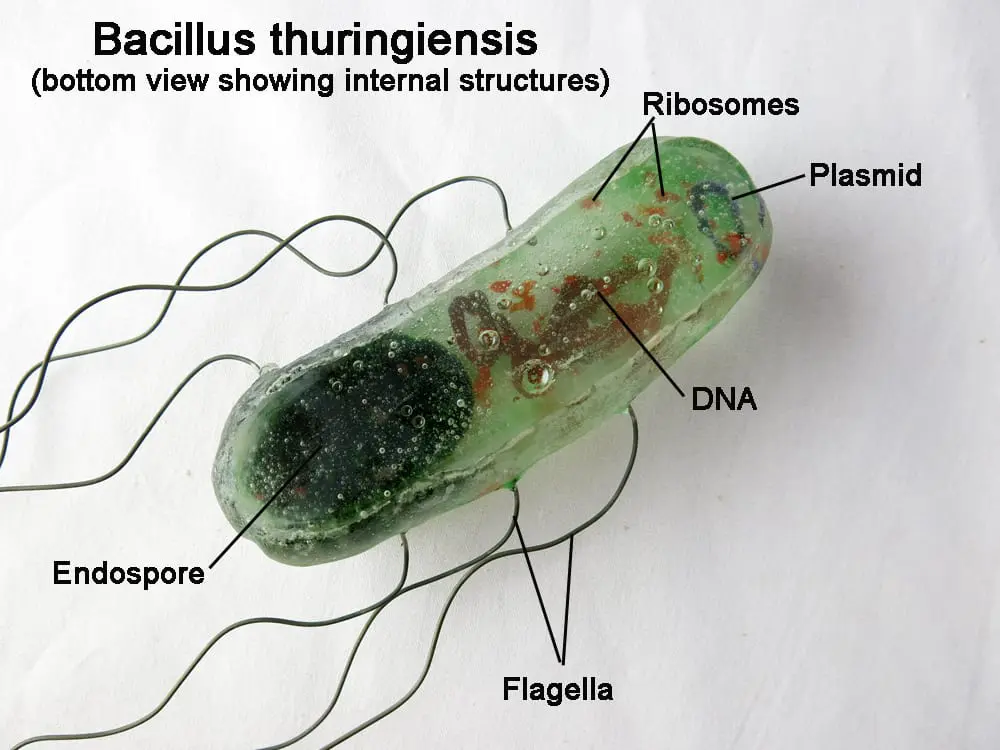When we talk about bacteria, many people tend to immediately think that these microorganisms are harmful, but the reality is that, like everything in life, there are species that are certainly very dangerous and others that are very positive . In fact, we ourselves would not be alive if it were not for the 40 billion that live inside our body, compared to the 30 billion cells that are our own.
Plants, just like us, can benefit greatly from the positive ones, especially Bacillus thuringiensis . Surely you have heard it mentioned at some time or you have found it for sale in nurseries but you do not know exactly what it is or what it is for. But for that we are here, to solve all your doubts.
Index
- 1 What is Bacillus thuringiensis?
- 2 Why is it a good insecticide?
- 3 All that glitters is not gold
What is Bacillus thuringiensis?
It is a Gram-positive bacterium (that is, it is stained dark blue or violet by the Gram stain -crystal/violet-). It is protected by a very thick membrane of peptidoglycan and acetylmuramic acid, which forms a special mesh called the murein saccule that what it does is preserve its shape and give rigidity to the bacterial cell (if it were not, the cell would burst). It also has several flagella present , which are filaments thanks to which the bacteria can move.
Why is it a good insecticide?

Bacillus thunringiensis multiplies by spores, and when it does, it forms crystals popularly known as protein crystals that have insecticidal action against beetles, nematodes, bedbugs, flies and mosquitoes, and lepidoptera larvae. Now there are several strains that are capable of controlling other insects.
Thus, we have:
- B. thuringiensis var aizawai : armyworm, tomato caterpillar, cabbage bagel, black bagel, bean moth, olive moth, leek moth, tomato looper, plusia, cotton bollworm, and gray bollworms.
- B. _ thuringiensis var. israelensis – controls the genera Aedes, Anopheles, Culex, Culiseta, Orthocladius, Tipula, and Smulium.
- B. thuringiensis var. kurstaki : vine pyral, cabbage white butterfly, corn borer, soybean hornworm, tomato leafminer, gray bollworm, almond caterpillar, and moths (bunch, peach, cabbage, and olive).
Not all that glitters is gold
Yes, it is a good insecticide. But… (there is always a but) there is a risk that the insect will generate resistance to the product and, therefore, that Bacillus thuriengensis will stop having the desired effect and, therefore, we will have to exceed the recommended dose, something that it must be done.
Even so, it can be interesting to try it.
